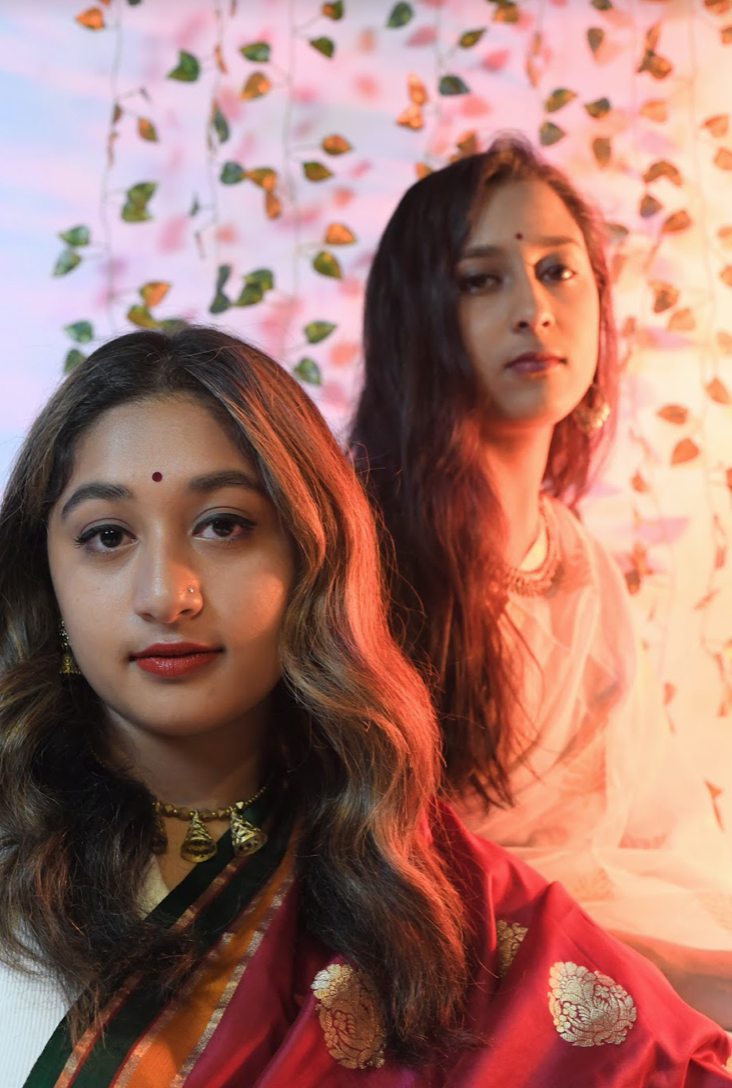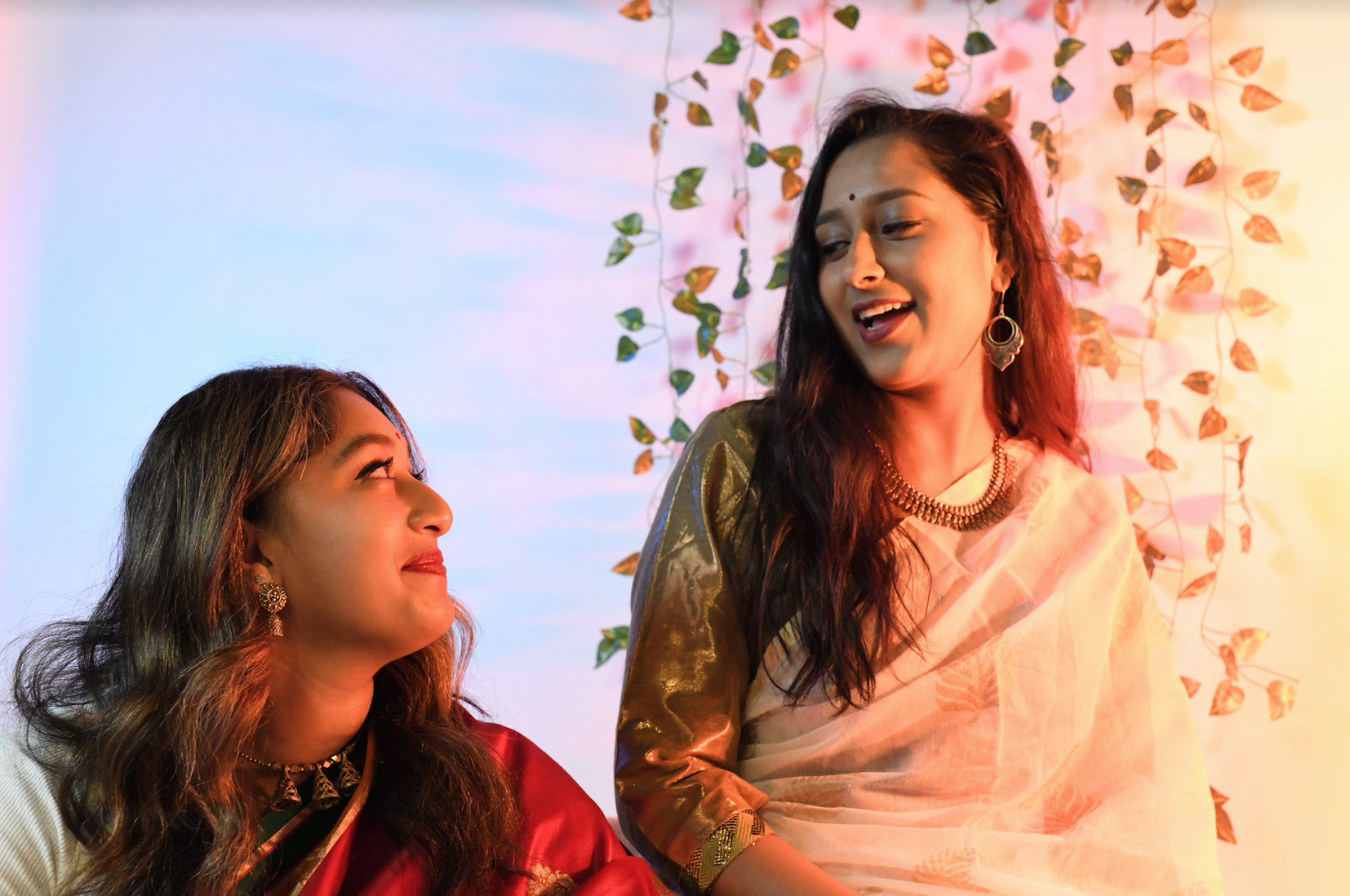The Saree: More than a Symbol
By Afra Fairooz
Photography by Arjun Clare
My earliest memory of draping a saree is from when I was four years old. It was the morning of Bengali New Year. The sky was a bright blue with the sun high on the horizon. People were out on the streets in their red and white attires carrying colorful festoons and playing trumpets. The smell of molasses filled my room as I jumped out of bed to grab the red saree on my dresser. I ran to my mum and stood still as she effortlessly draped the saree on me. She braided my hair, tied a red ribbon at the tail end, helped me with my bangles and earrings, put a red bindi on my forehead, and ushered me into the dining room for the first family meal of the year.
Most of us today are primarily exposed to sarees through the glamor and sensation of Bollywood. But the saree had a very humble beginning. Derived from the Sanskrit word “Sattika,” the origin of the saree can be traced back to the Indus Valley in 2800 BC. There this 4.5 to 9 meters long unstitched piece of cloth was weaved initially out of cotton. The first sarees were plain, simple, and white. With the passage of time various dyes, decorative threads, fabrics, block prints and embroideries diversified them. Currently, there are an estimated seventy different regional variations of sarees across the Indian sub-continent and approximately a hundred different ways of draping it. Banarasi silk, Balchuri, Chanderi, Dhakai Jamdani, Kantha, Kanjeevaram, Tant, and Katan are some of the most popular and sought after types across the sub-continent.
The fabric from which a saree is made and the motifs and techniques used to design it can tell us a fair bit about the climate and culture of the region in which it was made. The Dhakai Jamdani, dating back to the early Mughal period, is unique to Narayanganj (region in Dhaka, Bangladesh). The climate on the bank of the river Buriganga that flows beside Narayanganj is suitable for growing the specific type of cotton used to weave this saree. Each Dhakai Jamdani saree is hand woven on a brocade loom. They are elaborately embroidered with regional motifs typically in golden, silver, or white thread. It can take anywhere from nine months to a year for a skilled craftsman to produce one of these sarees and it can retail at up to $3,000.
A saree is also a physical evidence of history and tradition. Stories of joy, sorrow, loss, and laughter are weaved into those that are passed down from generation to generation and safeguarded as treasured possessions. Sarees don’t only tell the stories of families but also narrate the history of a nation. The legendary Dhaka Muslin narrates the history of British imperialization of India and suppression of native craftsmanship to the point of extinction. The earliest mention of Muslin can be traced back to the 6000 BCE. However, this precious fabric became a sensation in Europe in the late 18th century due to development of trade routes. Famed for its fineness, Dhaka Muslin was produced following a rigorous 16-step process. The finest of Muslins were so light that they were honored by imperial poets as “woven air”. The Mughal emperors had sarees crafted out of this delicate fabrics and aristocrats in Europe fashioned it into gowns. Dhaka Muslin was a constant favorite of Joséphine Bonaparte. She owned several gowns made of Muslin and was even painted in one.
Worn to work or on wedding days, the saree is more than just a symbol of sub-continental culture. It tells the stories of women over 5,000 years (and counting) who have fought wars and led revolutions in sarees, who have ploughed lands and rowed boats down whimsical streams in sarees. It tells the stories of women who have created art and published books, who have ruled over lands and been ruled in sarees. The saree is more than a dazzling piece of cloth that graces the silver screen in a movie theater. It is a cloth weaved out of emotions that keeps history alive and perpetuates the stories of the mundane and the miracles.

